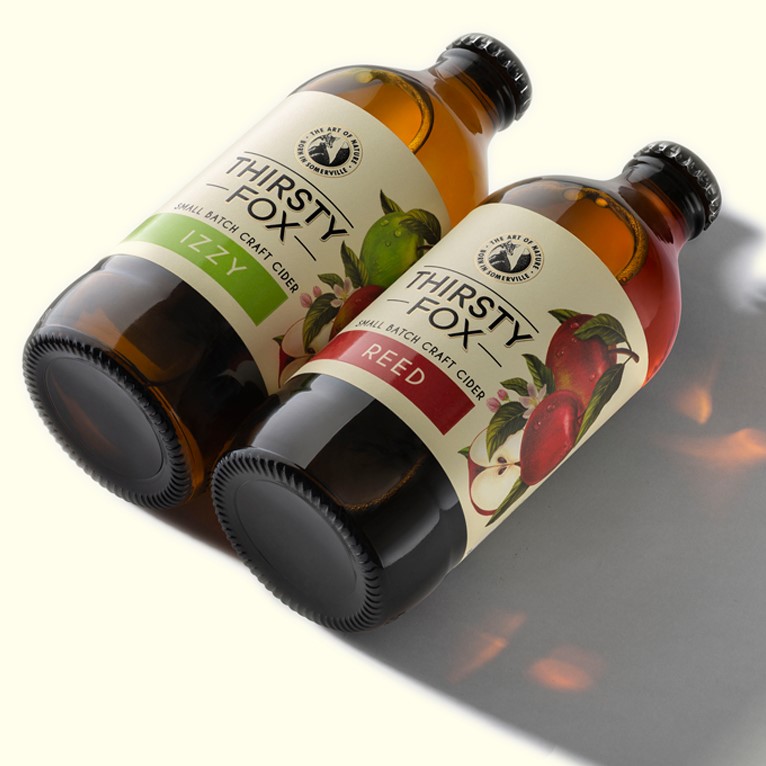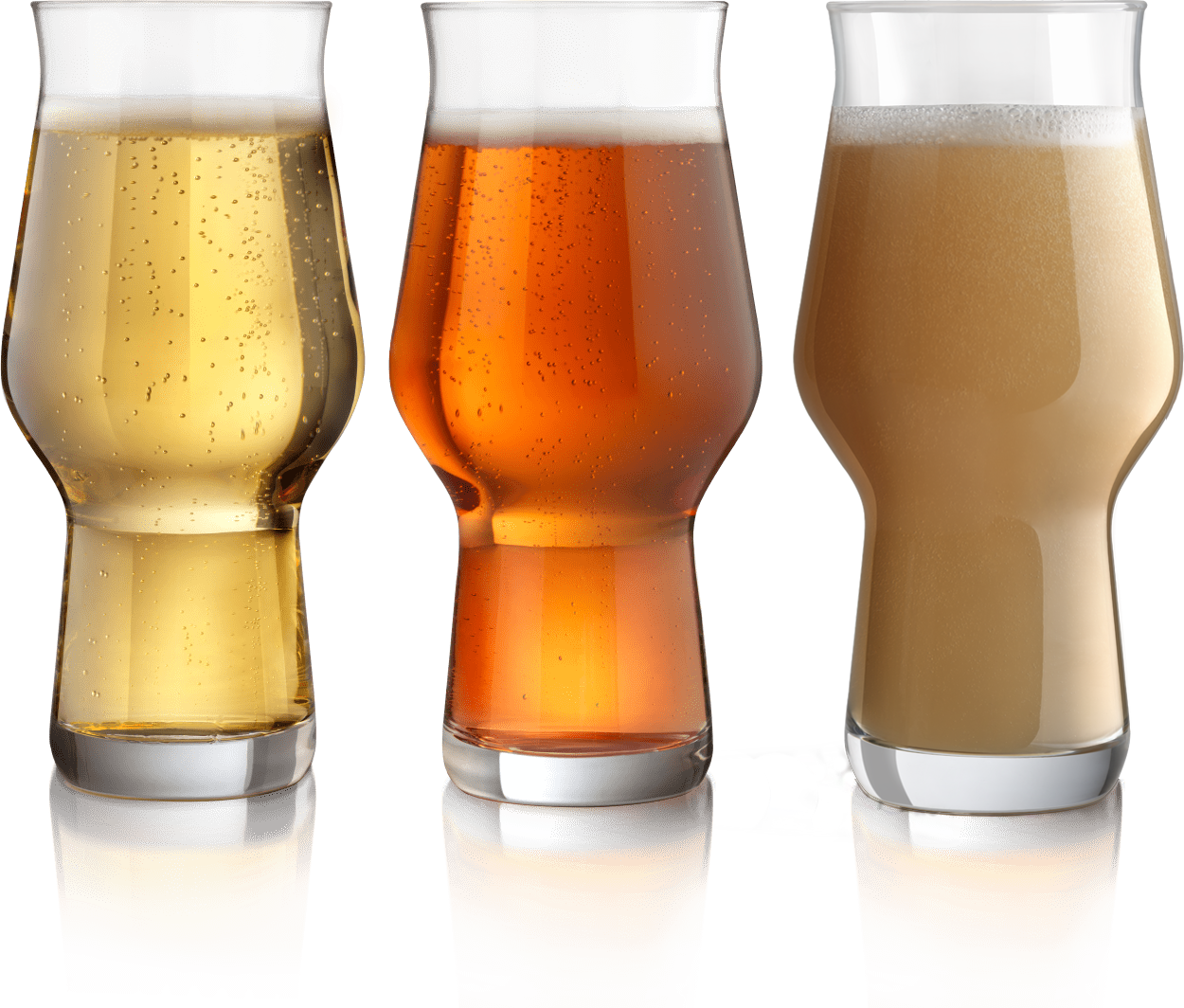Honey is the world’s third-most adulterated food item, after milk and olive oil.
Bees glide flower to flower, collecting a sugary juice called nectar. Once full, they fly back to the hive where they pass it to one bee, who passes it on to the next, and so on. Slowly, almost as if transforming the essence of the sun that nurtures these flowers. Isn’t honey quite literally, liquid sunshine?
Nearly two years ago, we were looking for a unique orange blossom honey to match the flavour profile of Izzy. We wanted something that was subtle, clean on the palette and fresh on the nose.
While knowing what you want has its perks, our journey to find the perfect honey was far from easy. Only a handful of producers around the world supply orange blossom honey. We were keen to source locally and contacted most of the major manufacturers in India. Several varietals came in from across the country—from off-the-shelves, to family-owned farms in Coorg and Guntur. However, a majority of the samples felt chalky and watered down, tasting less like honey and more like sugar syrup. In some cases, we never got around to testing since the samples were visibly contaminated due to improper handling and packaging.
There are several challenges to working with small-scale producers, whose harvesting, sourcing, bottling, and packaging facilities tend to be basic. Several are run without any quality control systems in place for safeguarding, and rarely any get into testing the samples they receive from farmers or beekeepers before supplying to consumers.
It is important to note the difference between adulteration and contamination. Adulteration is usually done with the intent of increasing quantity without raising per unit cost. In case of honey, this happens largely by addition of foreign oligosaccharides (sugars), mainly rice and beet syrup.
Contamination refers to foreign substances that unintentionally make their way into honey due to exposure or improper handling. One finds pollen, wax, heavy metal content, debris or even antibiotics. Particularly in case of large corporations with multi-step supply chains, it’s hard for consumers to ascertain the point of adulteration or contamination.
We found our almost-best match in Shillong, where a honey with a hint of citrus flavour cleared all physical and chemical tests. Unfortunately, the honey did not work because it was prone to fermentation during transit. Additionally, they couldn’t supply the quantities we wanted. Finding the right balance of quantity and product integrity was one of our biggest challenges.
So how do we know what is safe? Every country has a different standard for purity for honey. Compared to the FSSAI (the Food Safety and Standards Authority of India) the EU (European Union) standards of testing are much stringent. Around the world, there are very few labs that test comprehensively for overall adulteration in honey. An even smaller percentage of those do a Nuclear Magnetic Resonance (NMR) test to understand the source of honey at a molecular level. NMR is the global standard for testing honey but isn’t used in India due to lack of a database for Indian honey and the high cost of testing.
We, at Trillium Beverages benchmark our ingredients on meeting or exceeding EU-standards. Thirsty Fox’s Izzy gets its sweetness from Kallas Honey Farm’s orange blossom honey. We put our trust in them because we’ve seen their operations first-hand. They visit their suppliers regularly and share a personal relationship with most of them. Like ours, they are a family-owned business since their inception 80 years ago, and care deeply about how they work. The 5-employee operation has a 5-million-pound annual capacity. Their delicious orange blossom honey comes from Florida and is processed in Wisconsin. We selected them after scouring the world, and tested the honey for purity at the Intertek Bremen, Germany, leaders in quality and safety assurance across industries. While our honey satisfied all other specification requirements for pure honey, its C4 sugar content level was 10.10, slightly higher than the internationally acceptable 7.
We put our faith and trust in our suppliers to provide the best possible products. We expect them to do the same. Nothing is more important than doing what is right for you as the consumer. While honey makes up only 3% of our product, the essence of our craft is to deliver on every detail. The smallest bits impact the whole, and we go to great lengths to ensure ours are the best and most importantly, safe.
To us, honey has always been serious business.



